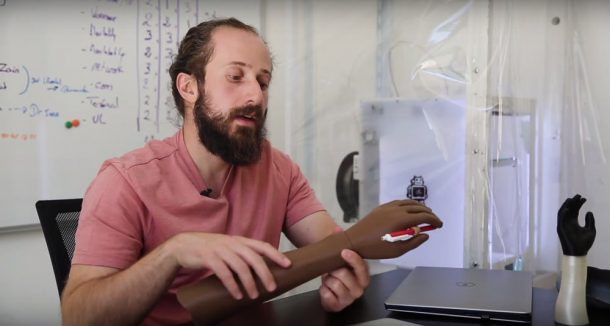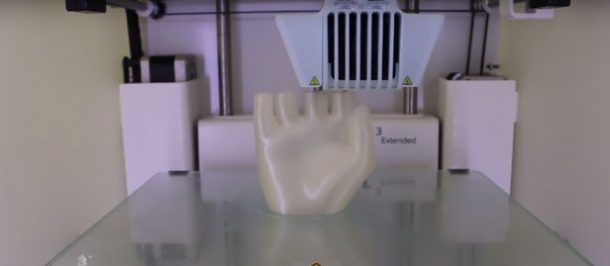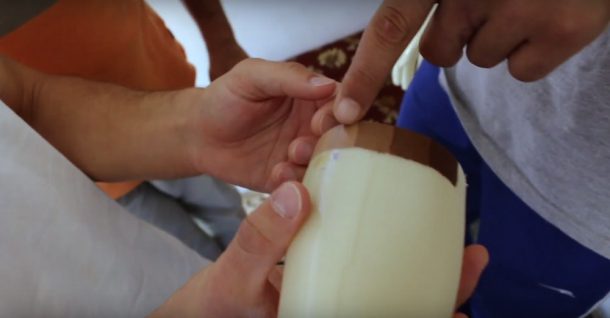A new 3D printing technology allows artificial limbs to be designed and built within 24 hours at a fraction of the cost of conventional prostheses. This is being run as a trial in a hospital in Jordan to treat refugees injured in the ongoing war in Syria and has been a success so far.
Médecins Sans Frontières (MSF, also known as Doctors Without Borders) has been working with five volunteer patients, including children, since the beginning of 2017. The trial’s taking place at the MSF Reconstructive Surgery Hospital at the Al-Mowasah Hospital in Amman, Jordan, which works with those injured during the conflicts in Syria, Iraq and Yemen.

“Rather than exploring electronic solutions or very complicated solutions, we want to keep things as simple as possible but also durable,” says Safa Herfat, a biomedical engineer at MSF. A printed prosthesis can cost around US$20, “rather than the hundreds of dollars a normal upper limb prosthesis would cost.”
Speed and saving costs are not the only benefits. The 3D printed prosthetics can be tailored to patient’s specific needs. The prosthetics can be designed remotely as only the planning and printing needs to be done on the site. These can be designed by keeping the tasks in mind that the patient expects to perform in their day-to-day life.

The printed prostheses also tend to be much lighter than the conventional kind. “That can be a huge factor in the adoption rate of upper-limb prostheses,” explains Herfat. “If it’s really heavy and cumbersome to wear, then the patient will likely not adopt it in the long term and set it aside.”
The most important part of all this is that this technology is bringing the benefits of prosthetic limbs to those who would not be able to access the conventional prosthetic limbs. The typical trial prosthesis is made up of different parts and plastics.

The socket is the part where the 3D printed prosthetics are attached to the upper limb. This is printed in thermoplastic polyurethane, a flexible plastic. The forearm is made from a firmer plastic, whereas polyurethane is used to make the hand. The team is also working on interchangeable attachments to replace the hand if required for a specific task.
MSF hopes to spread the 3D printed prosthetics technology to other parts of the world as well and hopes that one day it can be commercialized on a large scale to make it available for anyone who needs it. You can check it out in the video below.



“Since he bears such good weight without implants or prosthesis we have switched back to the goal of getting pad tissue to the bottom so he has a good surface to walk on,” CARE wrote on Facebook.